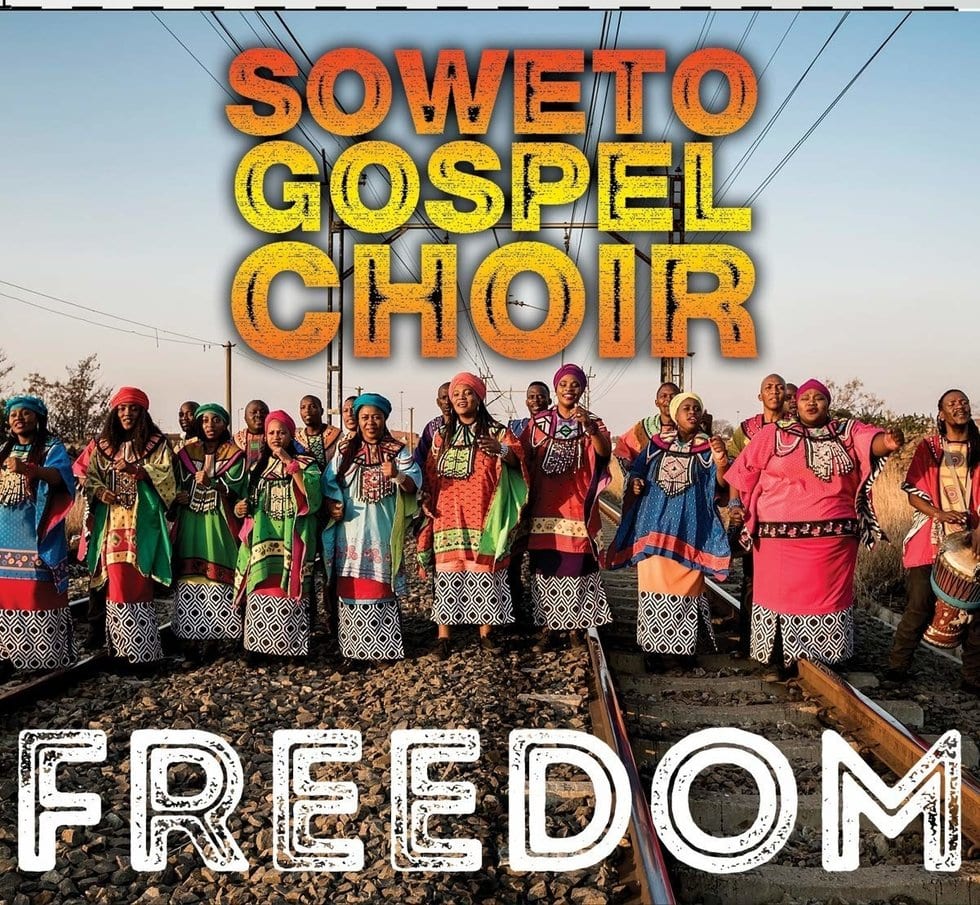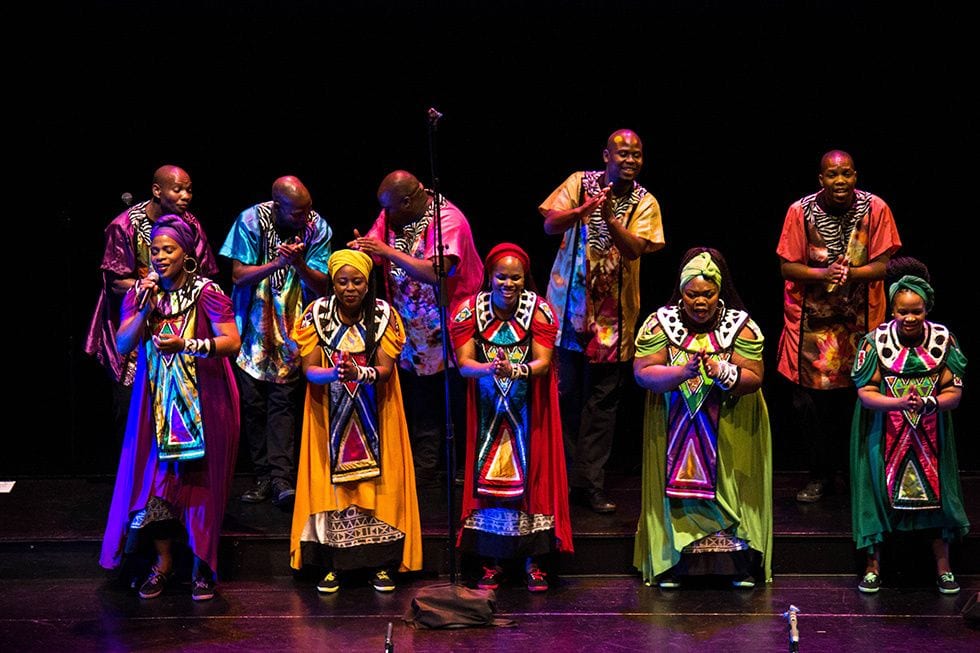
Someone who is only familiar with the solemn religious services of Catholicism or Orthodox Judaism might well be taken aback to visit a gospel church service, where the singing and clapping can be as celebratory and roof-raising as any party.
The gospel tradition is one that celebrates life and brings comfort and joy to those who worship within it. While American gospel music has become – via Ray Charles and others – a feedstock for popular music and as familiar as rock ‘n’ roll, on the other side of the planet, a somewhat different version of gospel has also been a tradition in South Africa. The music came to Africa – or came back – with American missionaries in the early 20th century, though gospel in America was influenced by spirituals that evolved from African music that came decades before with the arrival of slaves.
South African gospel has remained popular there; particularly as a form of comfort and resistance during the oppression of apartheid. The distinctive South African style of choral vocalizing of Ladysmith Black Mambazo became a worldwide sensation after they appeared on Paul Simon’s Graceland album, but South African gospel music has mostly been a homegrown genre that has stayed within the country even as pop genres came and went around it.
However, in 2002 an Australian producer who had heard South African gospel organized what became the Soweto Gospel Choir for a tour of that country. The tour was so successful that the group continued to tour internationally and produce several albums, the latest of which is called Freedom. There are bonafide gospel pop stars within South Africa, but Soweto Gospel Choir has become a musical export not unlike Ireland’s popular Riverdance project. Over the years, the group has won Grammy awards and was nominated for an Oscar for their work with Peter Gabriel on the song “Down to Earth” from the Pixar movie Wall-E.
The large group features several singers with jaw-clenchingly powerful voices, all of whom take turns as lead and trade verses against the big, billowing chorus behind them. For American gospel fans, one of the differences is the percolating drums underneath the vocals that help drive the music.
The latest album commemorates the birth of Nelson Mandela with several songs with the theme of liberation. The group’s repertoire has always been a mix of South African songs as well as secular “world music,” i.e., American or reggae, that carry spiritual messages. On this, they make the inspired choice of covering the late Leonard Cohen’s “Hallelujah”. While the studio version is great, the live version captured on YouTube – where the members take turns as soloists – is stunning, each singer taking the intensity up notch by notch.
Mixed in with traditional songs, sometimes in medleys, are contemporary ones such as Peter Gabriel’s “Biko” (about the anti-apartheid activist Steve Biko) and South Africans Miriam Makeba, Letta Mbulu, and Johnny Clegg.
While some might recoil from the idea of a created ensemble, as opposed to a group with a more organic origin story, and the mass-market-pleasing arrangements, the collective vocal talent here is pretty undeniable and ultimately has many winning moments. In song after song, the chorus is full-on gorgeous and the soulful lead singers are moving.
The album opens with a call and response medley with each section of the chorus trading parts and different male singers, all urged on by a rolling undercurrent of hand drums. One section shows off their precision singing and chanting before they head off into another tune. A couple of slower tunes come next, highlighting their ability to still command attention without being overwhelming. “Mama Ndiyalila” has a slow, inexorable swing with the chorus urged on by piercing soloists.
“Ndikhokhele O Yehova”, with its a cappella vocals set against simple percussion, is a testament to what the voice and drum can do when elevated. The song leads to the album’s furthest repertoire stretch, Cohen’s “Hallelujah”, which while making Biblical references in a somewhat opaque song that has stirred debate as it stirs together religiosity, cynicism, sex, and human shortcomings.
While this is not strictly liturgical music, it certainly is spiritual and religious, so what is an atheist to make of all this deity-worshipping? In short: have some fun. The group is not so much proselytizing as celebrating their faith out loud and – if I can presume to speak for them – just inviting folks to enjoy their praise music. Their sweet and sometimes urgent vocals are celebrating life, community and the richness of elemental music.

